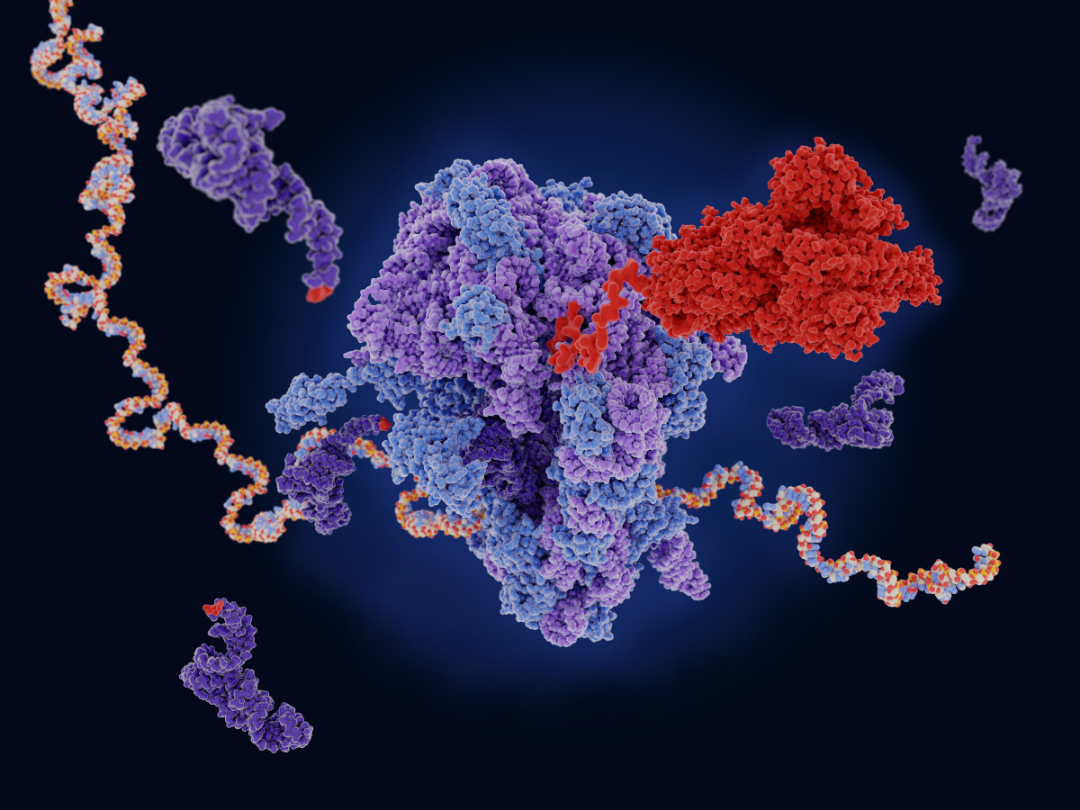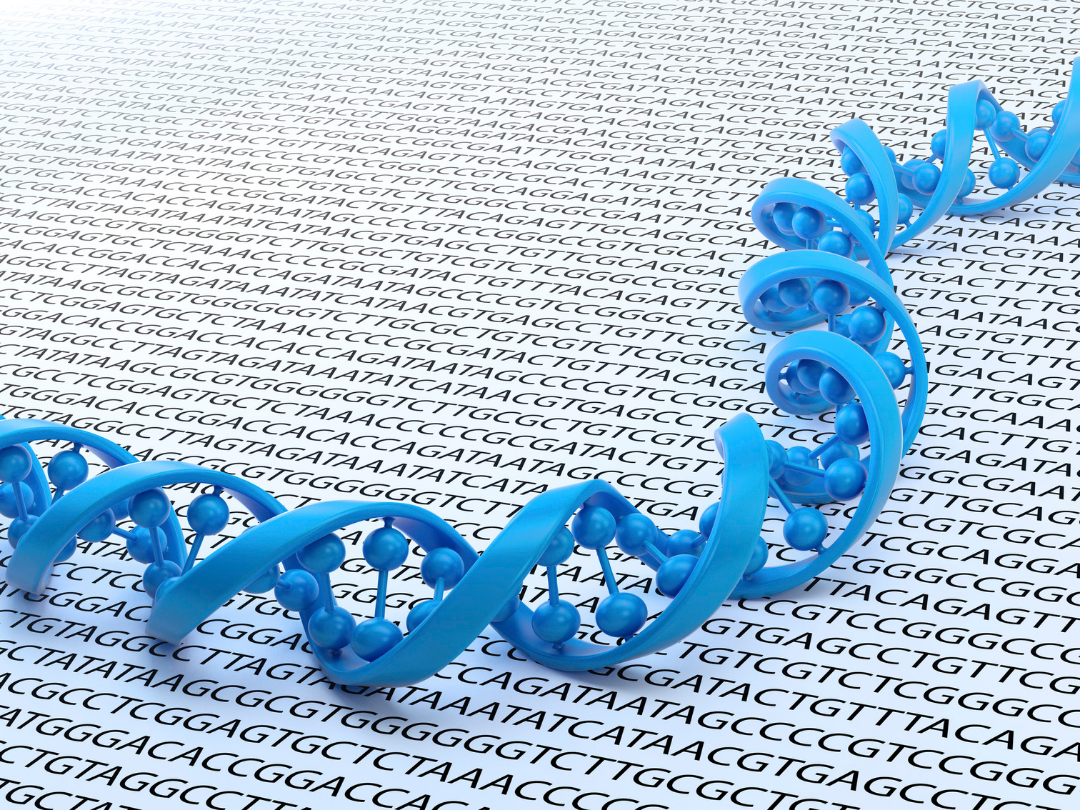

mRNA is a word that you’ve probably heard discussed more frequently in the past few years than ever before in your life. It has become a hot topic as a result of the pandemic. The NY Times recently published an article on mRNA and the development of the COVID-19 vaccine. In their article, The NY Times depicts how the scientists credited with the creation of the vaccine were able to develop it with a speed that some thought impossible.
Their impressive work on the vaccine was possible due to the layers of studies they had completed decades before anyone was aware of the incoming pandemic. A small group of scientists had researched mRNA long before China reported discovering COVID-19, but the scientist’s studies saw little interest from the world and medical community. The NY Times describes the creation of the vaccine best as “… the culmination of decades of fundamental discoveries that had once been shrugged off as uninteresting.” The vaccine base is mRNA, a molecule defined by its function as a messenger RNA in the cell.
More on mRNA
DNA is vital to the life of cells, so it never leaves the cell; instead, it stays protected within the cell body. However, cells still need to receive information from DNA. DNA contains all the information cells need to function, and RNA is a copy of this. Messenger RNA, or mRNA, carries information stored in DNA into the cytoplasm, making the data into proteins that the cell produces. mRNA “uses the information in genes to create a blueprint for making proteins.”
When researchers first discovered mRNA and its function in the 1960s, they were excited by the potential of the messenger molecule. Using it, scientists “could coerce a cell to produce any type of protein, whether the spike of a virus or a drug like insulin, so long as they knew its genetic code.” However, interest in mRNA quickly fell off. As described in the NY Times article, researchers eventually perceived mRNA as too challenging to study due to how fast the molecule dissolved when removed from the cell.
It wasn’t until very recently, under pressure from the pandemic, mRNA and past studies on the molecule came to the forefront of medical science. The practical applications of training cells to produce specific helpful proteins through mRNA are vital for preventing and eliminating diseases like HIV or, in recent times, Covid-19.
The applications of training cells to produce specific proteins extend beyond these diseases and have relevance in the science of genetic diseases and mutations. There is reason to hope that researchers can develop mRNA-based treatments to resolve various illnesses that were thought incurable. Gene therapy has a very similar purpose, and with advancements in researching mRNA, we might eventually see mRNA used to create gene therapy treatments.
Reimagining mRNA for MAPK8IP3
Eventually, there could be a way to re-code the expression and production of specific genes through mRNA-based treatments. However, to get to a point where this is possible, there needs to be a greater understanding of the human genetic code.
Gene sequencing is necessary for gene therapy and mRNA to develop treatments for gene mutations; given enough information on a genetic code, scientists could eventually create a treatment utilizing mRNA for diseases caused by mutation. The recent mRNA studies might lead to a better form of gene therapy that can train DNA to reproduce without the gene mutation associated with MAPK8IP3. Treatment through mRNA could resolve the symptoms related to this genetic disorder in the future.
If you’d like to learn more about gene therapy, click here to read our short article on it, or if you’d like to contribute to our study or contact us click here.

